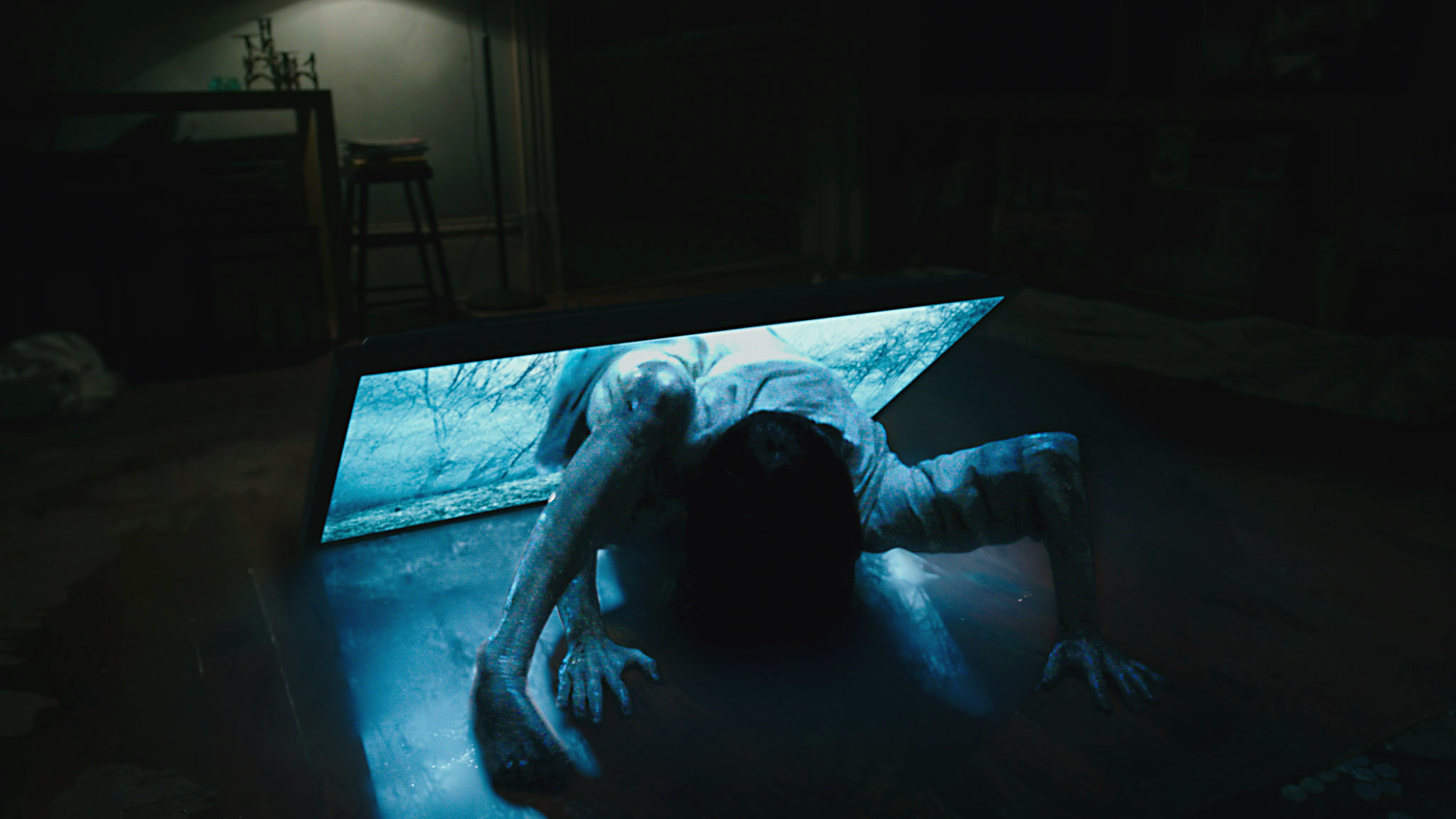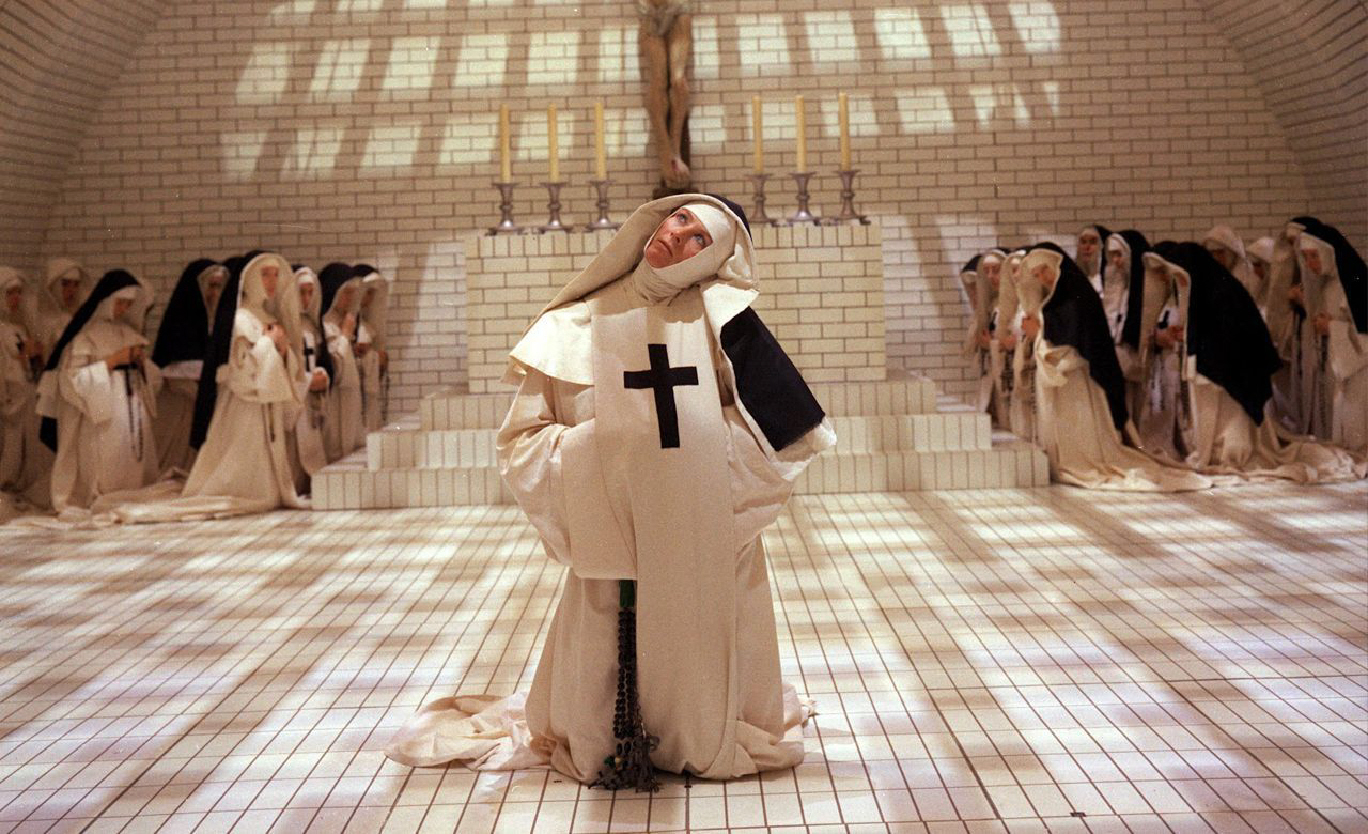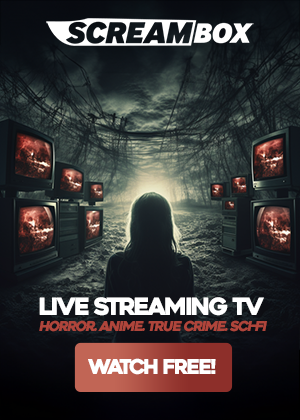Editorials
Horror Dominating Box Office in 2017; 5 of Top 10 Highest Grossing Are Horror Films!

Well this makes us happy.
For the third weekend in a row, M. Night Shyamalan’s thriller Split just landed atop box office charts, to date pulling in just under $100,000,000 at the domestic box office. I think it’s pretty safe to say that nobody expected the film, made for just $9 million, to be the money-making powerhouse that it’s proven to be, but one thing is now more certain than ever: Shyamalan is back, and he’s back in a big way. Split is his first film since The Sixth Sense to top the charts three weeks in a row, and we couldn’t be happier to see the twist-master back in top form.
But Split isn’t the only horror movie success story of 2017.
Out of the 10 films with the highest domestic grosses in 2017 so far, HALF of them are horror movies. Split is of course leading the pack with $98,700,950, and it’s joined by Underworld: Blood Wars in 5th place ($29,928,535), The Bye Bye Man in 6th ($22,044,416), Resident Evil: The Final Chapter in 7th ($21,851,775) and this past weekend’s Rings in 9th ($13,000,000).
Now before you go and try to take this victory away from the horror genre by bashing one or maybe even all of these movies, keep this in mind: when even one horror film does well at the box office, it’s a good thing for the entire horror genre at large. When horror does well in theaters, studios make and release more horror movies in theaters, and that is a victory for us all.
The Bye Bye Man may be bad, but like Split, it’s successful (and original) horror all the same.
And that’s the most important thing here. While horror sequels may not be performing all that well this year, original horror movies are killing it; something we can all be happy about.
Another cool thing to point out is that both Underworld: Blood Wars (Anna Foerster) and The Bye Bye Man (Stacy Title) were directed by women. Yes, two of the top 10 highest grossing movies of 2017, at the time of writing this post, are horror movies directed by women. Fittingly, February is Women in Horror Month, but that’d be damn good to see any time of the year.
Keep on kicking ass, 2017 horror!
Here’s the chart, via Box Office Mojo…

Editorials
‘Immaculate’ – A Companion Watch Guide to the Religious Horror Movie and Its Cinematic Influences

The religious horror movie Immaculate, starring Sydney Sweeney and directed by Michael Mohan, wears its horror influences on its sleeves. NEON’s new horror movie is now available on Digital and PVOD, making it easier to catch up with the buzzy title. If you’ve already seen Immaculate, this companion watch guide highlights horror movies to pair with it.
Sweeney stars in Immaculate as Cecilia, a woman of devout faith who is offered a fulfilling new role at an illustrious Italian convent. Cecilia’s warm welcome to the picture-perfect Italian countryside gets derailed soon enough when she discovers she’s become pregnant and realizes the convent harbors disturbing secrets.
From Will Bates’ gothic score to the filming locations and even shot compositions, Immaculate owes a lot to its cinematic influences. Mohan pulls from more than just religious horror, though. While Immaculate pays tribute to the classics, the horror movie surprises for the way it leans so heavily into Italian horror and New French Extremity. Let’s dig into many of the film’s most prominent horror influences with a companion watch guide.
Warning: Immaculate spoilers ahead.
Rosemary’s Baby
!['Rosemary's Baby' - Is Paramount's 'Apartment 7A' a Secret Remake?! [Exclusive]](https://i0.wp.com/bloody-disgusting.com/wp-content/uploads/2022/06/Rosemarys-Baby.jpeg?resize=740%2C416&ssl=1)
The mother of all pregnancy horror movies introduces Rosemary Woodhouse (Mia Farrow), an eager-to-please housewife who’s supportive of her husband, Guy, and thrilled he landed them a spot in the coveted Bramford apartment building. Guy proposes a romantic evening, which gives way to a hallucinogenic nightmare scenario that leaves Rosemary confused and pregnant. Rosemary’s suspicions and paranoia mount as she’s gaslit by everyone around her, all attempting to distract her from her deeply abnormal pregnancy. While Cecilia follows a similar emotional journey to Rosemary, from the confusion over her baby’s conception to being gaslit by those who claim to have her best interests in mind, Immaculate inverts the iconic final frame of Rosemary’s Baby to great effect.
The Exorcist

William Friedkin’s horror classic shook audiences to their core upon release in the ’70s, largely for its shocking imagery. A grim battle over faith is waged between demon Pazuzu and priests Damien Karras (Jason Miller) and Lankester Merrin (Max von Sydow). The battleground happens to be a 12-year-old, Regan MacNeil (Linda Blair), whose possessed form commits blasphemy often, including violently masturbating with a crucifix. Yet Friedkin captures the horrifying events with stunning cinematography; the emotional complexity and shot composition lend elegance to a film that counterbalances the horror. That balance between transgressive imagery and artful form permeates Immaculate as well.
Suspiria

Jessica Harper stars as Suzy Bannion, an American newcomer at a prestigious dance academy in Germany who uncovers a supernatural conspiracy amid a series of grisly murders. It’s a dance academy so disciplined in its art form that its students and faculty live their full time, spending nearly every waking hour there, including built-in meals and scheduled bedtimes. Like Suzy Bannion, Cecilia is a novitiate committed to learning her chosen trade, so much so that she travels to a foreign country to continue her training. Also, like Suzy, Cecilia quickly realizes the pristine façade of her new setting belies sinister secrets that mean her harm.
What Have You Done to Solange?

This 1972 Italian horror film follows a college professor who gets embroiled in a bizarre series of murders when his mistress, a student, witnesses one taking place. The professor starts his own investigation to discover what happened to the young woman, Solange. Sex, murder, and religion course through this Giallo’s veins, which features I Spit on Your Grave’s Camille Keaton as Solange. Immaculate director Michael Mohan revealed to The Wrap that he emulated director Massimo Dallamano’s techniques, particularly in a key scene that sees Cecilia alone in a crowded room of male superiors, all interrogating her on her immaculate status.
The Red Queen Kills Seven Times

In this Giallo, two sisters inherit their family’s castle that’s also cursed. When a dark-haired, red-robed woman begins killing people around them, the sisters begin to wonder if the castle’s mysterious curse has resurfaced. Director Emilio Miraglia infuses his Giallo with vibrant style, with the titular Red Queen instantly eye-catching in design. While the killer’s design and use of red no doubt played an influential role in some of Immaculate’s nightmare imagery, its biggest inspiration in Mohan’s film is its score. Immaculate pays tribute to The Red Queen Kills Seven Times through specific music cues.
The Vanishing

Rex’s life is irrevocably changed when the love of his life is abducted from a rest stop. Three years later, he begins receiving letters from his girlfriend’s abductor. Director George Sluizer infuses his simple premise with bone-chilling dread and psychological terror as the kidnapper toys with Red. It builds to a harrowing finale you won’t forget; and neither did Mohan, who cited The Vanishing as an influence on Immaculate. Likely for its surprise closing moments, but mostly for the way Sluizer filmed from inside a coffin.
The Other Hell

This nunsploitation film begins where Immaculate ends: in the catacombs of a convent that leads to an underground laboratory. The Other Hell sees a priest investigating the seemingly paranormal activity surrounding the convent as possessed nuns get violent toward others. But is this a case of the Devil or simply nuns run amok? Immaculate opts to ground its horrors in reality, where The Other Hell leans into the supernatural, but the surprise lab setting beneath the holy grounds evokes the same sense of blasphemous shock.
Inside

During Immaculate‘s freakout climax, Cecilia sets the underground lab on fire with Father Sal Tedeschi (Álvaro Morte) locked inside. He manages to escape, though badly burned, and chases Cecilia through the catacombs. When Father Tedeschi catches Cecilia, he attempts to cut her baby out of her womb, and the stark imagery instantly calls Alexandre Bustillo and Julien Maury’s seminal French horror movie to mind. Like Tedeschi, Inside’s La Femme (Béatrice Dalle) will stop at nothing to get the baby, badly burned and all.
Burial Ground

At first glance, this Italian zombie movie bears little resemblance to Immaculate. The plot sees an eclectic group forced to band together against a wave of undead, offering no shortage of zombie gore and wild character quirks. What connects them is the setting; both employed the Villa Parisi as a filming location. The Villa Parisi happens to be a prominent filming spot for Italian horror; also pair the new horror movie with Mario Bava’s A Bay of Blood or Blood for Dracula for additional boundary-pushing horror titles shot at the Villa Parisi.
The Devils

The Devils was always intended to be incendiary. Horror, at its most depraved and sadistic, tends to make casual viewers uncomfortable. Ken Russell’s 1971 epic takes it to a whole new squeamish level with its nightmarish visuals steeped in some historical accuracy. There are the horror classics, like The Exorcist, and there are definitive transgressive horror cult classics. The Devils falls squarely in the latter, and Russell’s fearlessness in exploring taboos and wielding unholy imagery inspired Mohan’s approach to the escalating horror in Immaculate.













You must be logged in to post a comment.